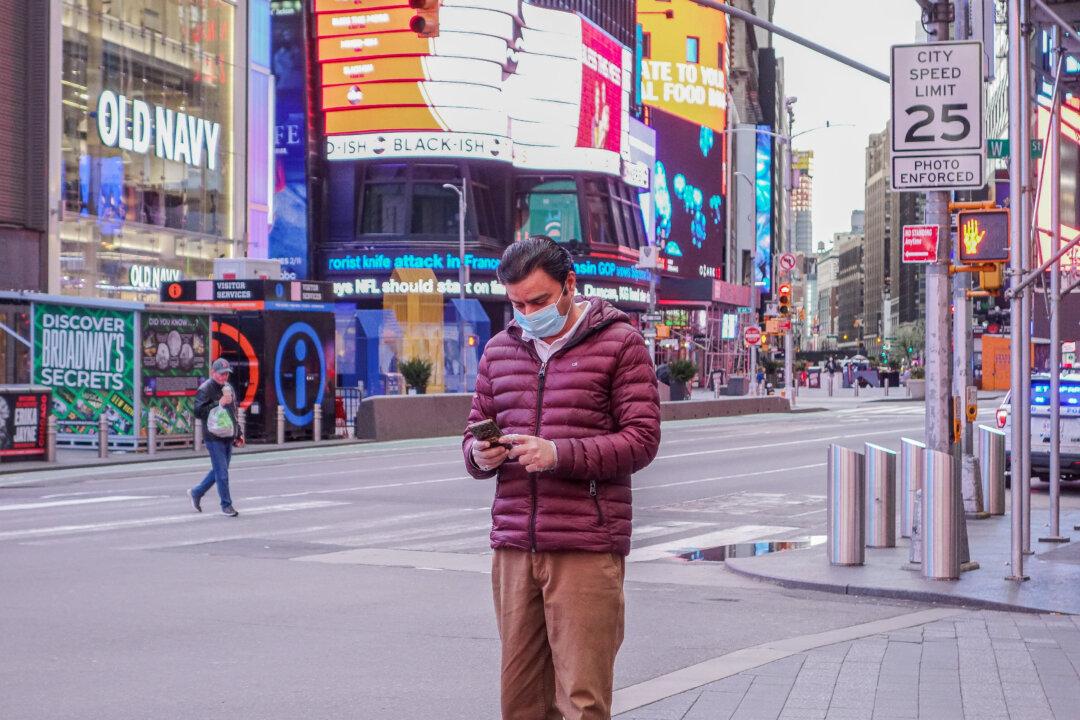WASHINGTON—The COVID-19 pandemic is pushing the world into the worst downturn since the Great Depression. Large parts of economic activity have come to a standstill as many nations and cities are in lockdown to contain the spread of the deadly virus.
Many believe today’s situation defies comparison with any past experience. As the CCP virus moves through the United States, economists are forced to change their forecasts frequently to reflect the latest data.





